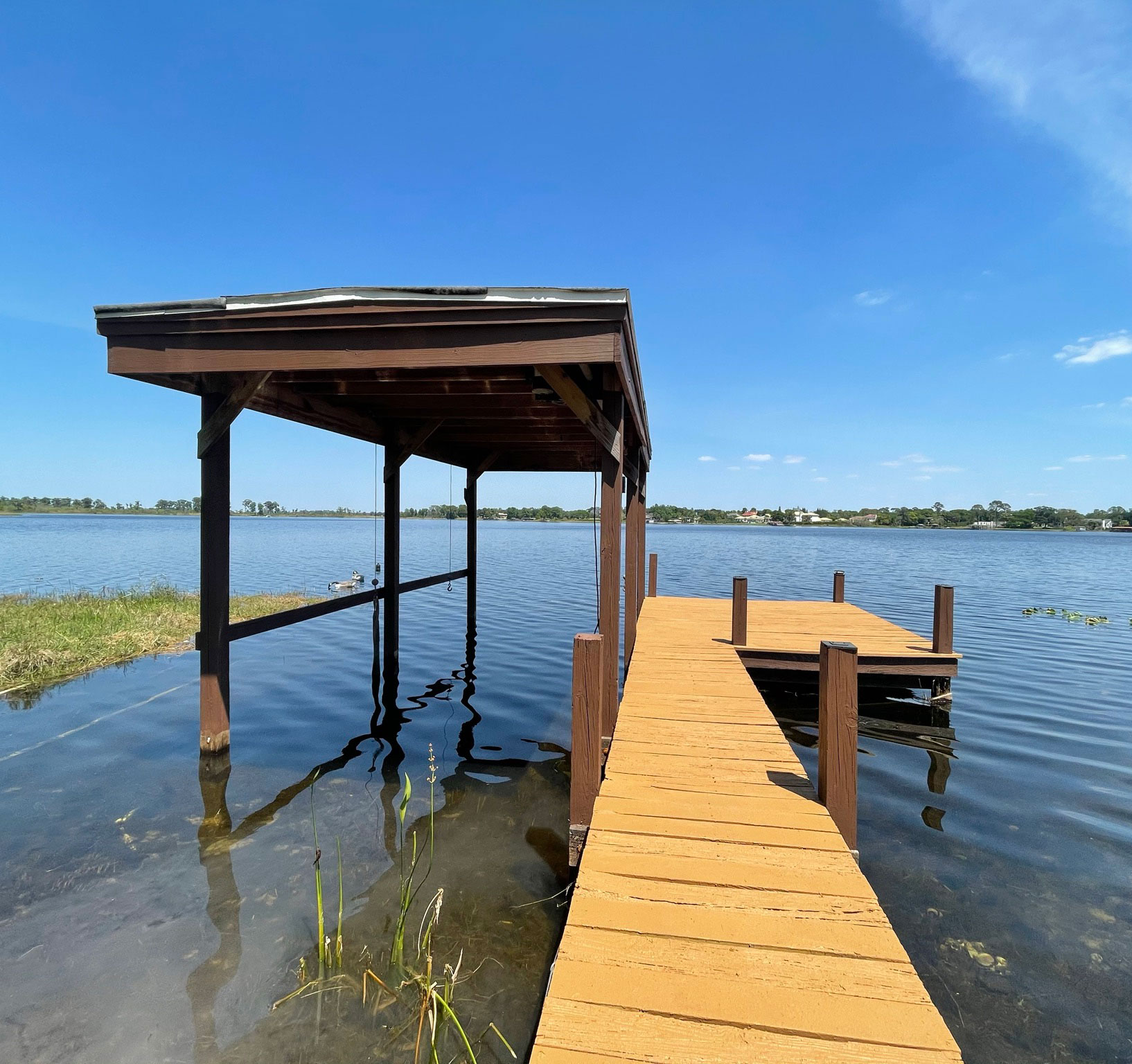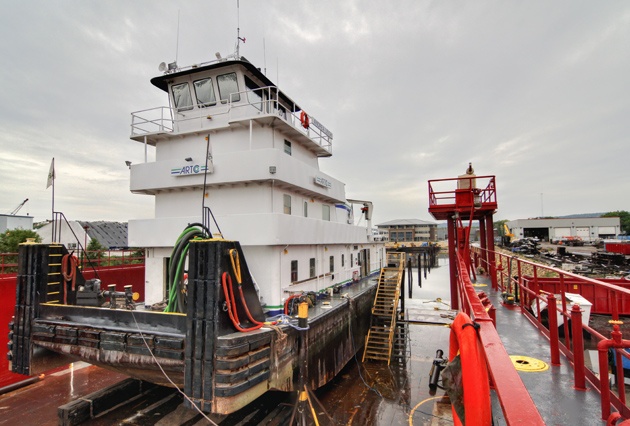How to Select the Right Solution for Your Dock Repairs
How to Select the Right Solution for Your Dock Repairs
Blog Article
Reliable Dock Repair Service Techniques: Guaranteeing Architectural Stability
Guaranteeing the architectural honesty of docks through effective repair service techniques is critical for the durability and security of aquatic centers. This involves a multi-faceted method starting with extensive inspections making use of innovative technologies like sonar equipment and remotely operated vehicles (ROVs) to find both visible and hid damages. Ultimately, picking the ideal repair materials, such as composite materials and corrosion-resistant alloys, is critical for toughness. Architectural support techniques, including the execution of cross-bracing systems and load-distribution plates, play a vital role in mitigating anxiety factors. However, the significance of these techniques ends up being apparent when exploring innovative fixing approaches and preventative upkeep methods.
Analyzing Dock Damage
Examining dock damage is a crucial first action in guaranteeing the architectural honesty and safety of any type of docking facility. Secret facets to analyze consist of the dock's structure, pilings, decking, and equipment (Dock Repairs).
Structural designers or certified assessors commonly carry out these analyses making use of specialized devices and strategies. As an example, underwater inspections could employ finder tools or remotely ran lorries (ROVs) to find immersed damages. Over water, aesthetic evaluations are matched by utilizing dampness meters and other diagnostic devices to reveal underlying concerns not immediately noticeable to the nude eye.

Picking Repair Service Products
Selecting the proper repair work products is a critical step in the dock remediation procedure, one that directly influences the longevity and performance of the repaired structure. Material selection have to be driven by variables such as ecological problems, load-bearing requirements, and compatibility with existing dock parts. For instance, timber is a typical selection for docks as a result of its all-natural resilience and aesthetic allure. Choosing the ideal kind of timber, such as pressure-treated lumber or naturally rot-resistant species like cedar or teak, is critical to hold up against aquatic environments.
In addition to wood, composite materials are progressively popular because of their resilience and reduced maintenance requirements. Compounds, usually made from a mix of plastic and timber fibers, supply superb resistance to rot, insects, and UV damages. For steel anchors, choosing corrosion-resistant alloys such as galvanized steel or marine-grade aluminum is vital to protect against corrosion and make sure architectural stability in saline water problems.
Epoxy resins and marine-grade sealers are essential for fixing cracks and securing joints, giving a water-proof barrier and improving the dock's total toughness. By meticulously picking high-grade products, dock repair services can accomplish long-lasting results, therefore securing versus future destruction and ensuring risk-free, dependable usage.
Architectural Reinforcement Strategies
Efficient structural support strategies are crucial in making sure the security and long life of dock repair services. This approach is especially effective for anchors revealed to heavy tons or extreme ecological problems.
One more essential strategy is the application of fiber-reinforced polymers (FRP) These materials offer high strength-to-weight ratios and excellent resistance to deterioration, making them perfect for enhancing wooden or concrete docks. FRP can be used in strips or sheets and adhered with epoxy resins to boost architectural stability.
Supporting and anchoring systems likewise play a vital duty in architectural reinforcement. Cross-bracing, using metal or wooden beam of lights, can neutralize side pressures, minimizing swaying and motion. Securing systems, such as helical piers or driven piles, give a stable foundation by moving loads to deeper, extra secure dirt layers.
Finally, the assimilation of load-distribution plates can aid disperse weight much more equally across the dock's surface, alleviating local tension points. These methods jointly guarantee that docks stay robust and secure, with the ability of holding up against the roughness of their operational setting.
Advanced Repair Work Approaches

An additional advanced method entails undersea welding, which enables for fixings to be performed without the need to dewater the area. This method is especially advantageous for resolving structural issues in immersed dock components, making sure very little disturbance to operations. Boosted welding methods, combined with robotic systems, deliver accuracy and reliability, therefore expanding the lifespan original site of the dock.
In addition, cathodic protection systems are carried out to stop corrosion in metal dock structures. By utilizing sacrificial anodes or amazed existing systems, these strategies effectively minimize the electrochemical processes that cause material deterioration.
Finally, advanced surveillance technologies, such as architectural health and wellness tracking (SHM) systems, supply real-time information on the condition of dock structures. These systems allow proactive upkeep and prompt interventions, eventually making sure the long-term architectural stability of site web the dock.
Upkeep and Avoidance
Maintenance and avoidance are basic concepts that underpin the longevity and security of dock frameworks. Routine assessments are critical, permitting very early detection of wear and tear, possible weaknesses, and environmental impacts. A positive technique, involving routine look for deterioration, rot, and architectural shifts, alleviates costly repair work and extends the dock's operational life.
Precautionary actions need to include using protective coatings to metal components to defend against corrosion and utilizing treated timber to withstand decay. Furthermore, making certain proper drainage and ventilation can protect against water build-up, which is an usual source of structural deterioration. Incorporating top quality materials and sticking to manufacturer guidelines throughout building and construction and repair work stages additionally play important roles in boosting sturdiness.

Training personnel in dock upkeep best techniques ensures consistent application of preventive measures. Leveraging technical breakthroughs, such as drones for click over here evaluations and sensors for real-time surveillance, can further boost maintenance initiatives. By prioritizing upkeep and avoidance, dock proprietors can guarantee architectural integrity, operational safety and security, and economical management over the dock's lifespan.
Final Thought
In verdict, preserving the structural stability of aquatic facilities demands detailed dock repair techniques. Advanced fixing methods, coupled with regular upkeep techniques, make sure the dock stays functional and secure under diverse environmental conditions.
Making certain the structural honesty of docks through efficient fixing methods is critical for the durability and security of marine centers.Picking the proper repair service products is an essential action in the dock restoration procedure, one that directly influences the long life and efficiency of the repaired structure.Reliable architectural reinforcement techniques are critical in ensuring the stability and longevity of dock fixings. By prioritizing upkeep and avoidance, dock owners can ensure architectural integrity, operational security, and cost-effective monitoring over the dock's lifespan.
In final thought, maintaining the architectural integrity of marine facilities necessitates extensive dock repair service strategies.
Report this page